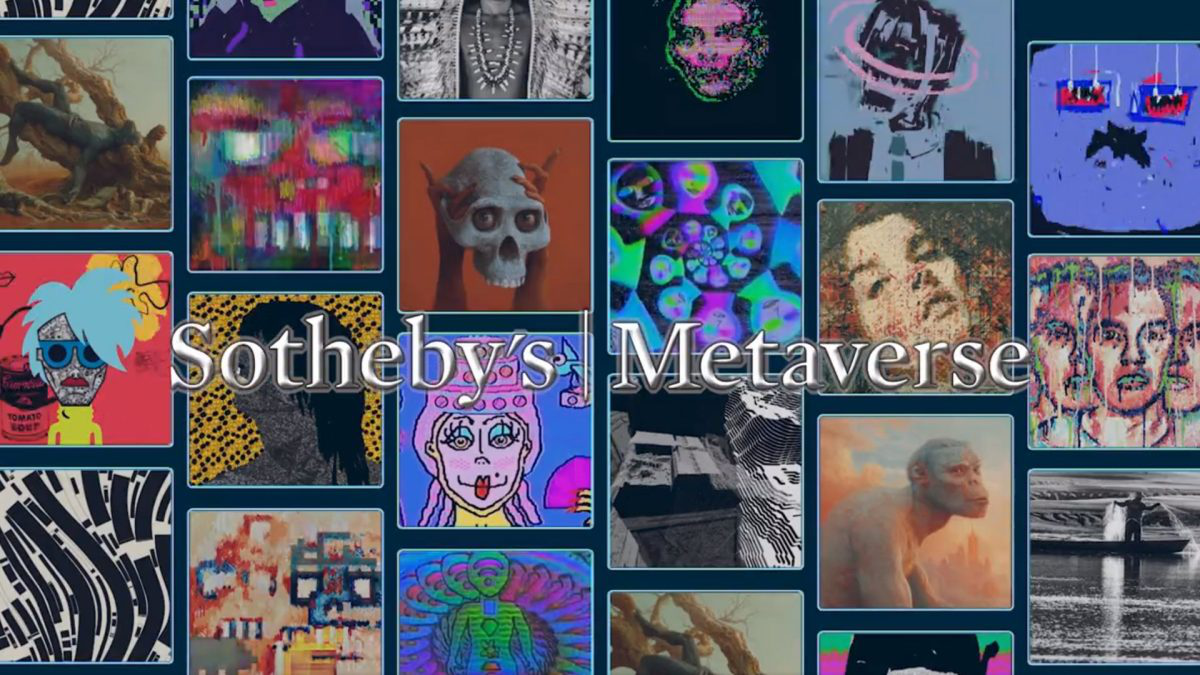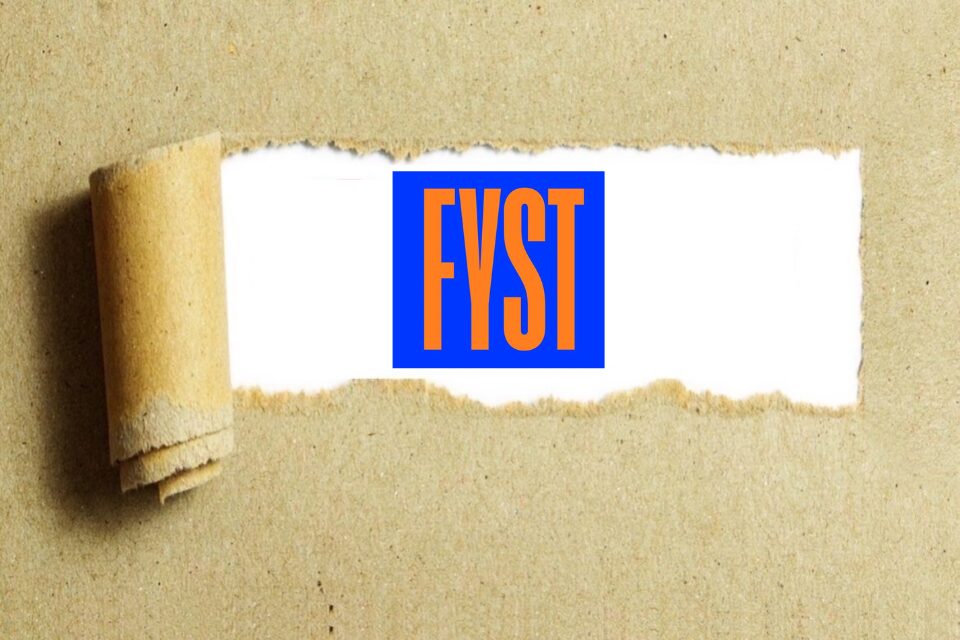SBF, Bored Ape Yacht Club and the spectacular hangover after the art world’s NFT Gold Rush

We got on the horn with Benedict Evansa tech thinker who is a partner at Mosaic Ventures and had a stint at Andreessen Horowitz – although he had left a16z before it led Yuga Labs’ $450 million fundraising round, just before crypto winter.
“Does a real estate agent feel any obligation to tell you that you’re in a real estate bubble and you shouldn’t buy this?” Evans said. “No. That’s not their job. Your obligation is still to the seller.”
For more insight into how the soaring prices of some NFTs were built up, there is an explosive lawsuit making its way through the US District Court in the Western Division of the Central District of California targeting the founders of Bored Ape and their most famous fans. The 94-page complaint reads like an episode of Entourage set in the midst of the crypto-mad early 20s, starring a Mad Libs pack of rappers, zeitgeist hitters and A-listers: Diplo, The Weeknd, Gwyneth Paltrow, Snoop Dogg, Post Malone, Future, Kevin Hart, and – last but not least – The Chainsmokers. The suit, which seeks class action for buyers of Yuga NFTs or ApeCoin, weaves a tale of alleged crypto fraud, Hollywood machismo, social media spamming, celebrity worship and a bit of Bono. Ultimately, it is argued that the emergence of Planet of the Bored Apes was nothing more than a scheme to make the monkeys look like assets that celebrities and art dealers spent millions acquiring. These transactions were staged, the lawsuit alleges: The famous and influential got their monkeys for free and were paid to promote things, a fact they failed to disclose.
“These famous celebrities come in and they’re going to cause an increase in price as they continue to interact in the ecosystem. They’re part of the club and more people are going to want to have these to be part of the club along with the celebrities, said the lawyer. John Jasnoch, a partner at the San Diego firm Scott+Scott, who filed the suit on behalf of a pair of aggrieved NFT and ApeCoin owners named Adonis Real and Adam Titcher, as well as other plaintiffs who have not yet been named. “And then, ‘Oh, they’re unique and they’re scarce’ — that drives that thought that it’s going to be a successful investment for you.”
Perhaps you noticed in early 2022 that almost every celebrity was on a crypto company payroll – Stephen Curry banked as a spokesperson for FTX and various celebrities posted Instagram Stories about their expensive NFTs. And that was that Larry David Super Bowl ad. According to the lawsuit, the alleged scheme began when Yuga Labs partnered with the music industry veteran Guy Oseary, which governs Madonna and U2. Oseary, who is named as a defendant in the suit, allegedly brought in high-profile friends and clients to buy and promote their NFTs.
But what the lawsuit alleges is that Oseary and company used a consumer crypto app called MoonPay — think Venmo or PayPal, but for crypto — to allow the “transactions” to happen without having to disclose them to investors, so the big names never had to to spend money on the NFTs they said they bought. In addition, it is claimed in the lawsuit that Oseary’s venture capital company Sound Ventures (of which Ashton Kutcher, who is not named as a defendant in the lawsuit, is a partner), along with several of the other celebrity Ape endorsers mentioned elsewhere in the lawsuit, were early investors in MoonPay, allowing them to “benefit financially from cross-pollination and advertising efforts for Yuga Financial Products.”
“Together, Oseary, the MoonPay Defendants and the Promoter Defendants shared the strong motive to use their influence to artificially create demand for the Yuga Securities, which would in turn increase the use of MoonPay’s crypto payment service to handle this new demand,” the suit reads. “At the same time, Oseary was also able to use MoonPay to hide how he paid his celebrity groups for their direct or off-label promotions by Yuga Financial Products.”
Asked for comment, a spokesperson for Yuga Labs said: “In our view, these claims are opportunistic and parasitic. We strongly believe they are without merit and look forward to proving it.” Oseary did not respond to requests for comment last week, and the court document shows he was granted an extension to respond to the lawsuit.
A MoonPay spokesperson said: “MoonPay says all celebrity clients were charged in full for the price of the NFTs and a service fee.”
Although the lawsuit is in its earliest stages, it may already have given some much-needed context to one of the more confusing exchanges of all our screen consumption since the pandemic: the “I bought a monkey” back and forth between Jimmy Fallon and Paris Hilton on The Tonight Show in January 2022, where the pair, each Ape owners, discussed the finer parts of NFT shopping. Fallon, in the sombre tone of a man who has come to terms with the state of his soul, says he chose his Breton-striped monkey because he also wears striped shirts. Hilton, as if she had no idea what she was saying, offered, “I saw you on the show with Beeple and you said you got it on MoonPay.” As the suit claims, for all the unintended comic gold, the stock exchange helped build the idea of Bored Apes as investment pieces worth millions — a Tinker Bell game of sorts — and attract more buyers. As the plaintiffs and their lawyers tell it, celebrities talking about their Apes on social media, or late at night, became the public part of a scheme where their hundreds of thousands of dollars of NFTs translated into the popularity of ApeCoin. Which translated into a $450 million raise and a $4 billion valuation.
Neither Fallon nor Hilton responded to requests for comment last week.
“Did you watch DJ Khaled one?” Jasnoch, the lawyer, asked me.
He referenced footage of DJ Khaled, hip-hop’s walking exclamation point of old, standing on a yacht looking at multiple phone screens and various people telling him, “You bought a monkey! You bought a monkey!” as Khaled wobbles around confused.
“Yeah, it’s pretty bad,” Jasnoch said. “He’s just like, ‘I don’t know what this is.’
In the auction world, selling the digital future was a relatively subtle proposition: the houses needed to internalize the cultural cognitions and implant the idea that NFTs are art. Was Beeple’s All days—a series of thousands of images and illustrations, some of which are sexist or downright childish—actual art worthy of a downtown gallery opening and a celebratory private dinner at the Frenchette that Beeple had really thrown for him last March? In retrospect, it’s kind of crazy to say things like “I look at life as pre-Beeple and post-Beeple – as the world thinks before Jesus Christ and after,” which Noah Davis, who arranged the $69 million Beeple sale at Christie’s as the house’s head of digital sales, once said truly. (Davis has since left Christie’s and now, as it happens, works at Yuga Labs as brand manager for CryptoPunks, another of its NFT offerings. They look a bit like the Monkeys, if they were punk-looking cartoon guys.)
But it doesn’t matter if it’s art – auction houses sell wine and constitutions and sneakers and watches and first editions. If it sells, you sell it.
“It’s like Hollywood making movies about how Hollywood sucks. You actually embrace it,” said Evans, our crypto sherpa. “Like, yeah, I’ll take that money.”
The auction houses have their explanations for why a certain NFT should be contextualized as art, and ensure that they remain as devoted as ever to the seller, not the buyer. Did Beeple really “achieve something historic” when Christie’s put in its NFT-cum-walking-man sculpture, human one, into his evening sale between paintings by Issy Wood and Stanley Whitney?
Jasnoch, the plaintiffs’ attorney in the Yuga case, attempted to thread this needle by comparing the Bored Ape NFTs and their crypto-complement, ApeCoin. The former can in a broad sense be claimed to be a work of art. The latter is purely a currency unit with no artistic value whatsoever – which makes it, in his view, a viable thing that can be regulated. The interconnection of the two entities is so close that things get difficult – and the lawyers get involved.
“I think the concept of an NFT can have intrinsic value, and that a token can represent value in some way, and I think there’s value in people liking the look of the artwork,” he said. “But in terms of it being a financial product and how they were marketed and how they were sold, it’s really an unregistered security and it has to be subject to proper disclosure. And once you start generating all that hype around Bored Ape themselves, they release the ApeCoin token, which doesn’t even have the grant of an artwork or anything. And it’s just an unregistered security used for speculation and trading.”
Evans came up with another conundrum. When a market offers something for sale at a large sum, there is, at a basic level, an understanding among the public that it has a legitimate meaning. Perhaps the artwork is not to your taste, but it has a provenance and the artist is in museum collections – or there is historical relevance to something that at least makes it a curiosity.
“When you buy vintage vinyl, or rare sneakers, or Marilyn Monroe’s shoes, or a Salvador Dalí print, or whatever, you’re getting something that has no tangible physical value, but you’re also getting it in the belief that other people adds value to it, too,” Evans said. “It’s like a deep cultural base that thinks Jordan sneakers are worth something, early Sex Pistols vinyl is worth something. And the challenge with all these NFTs was that you didn’t really know it was that broad, deep cultural base. It was just, ‘Oh my God, somebody just bought one for 200 grand.'”
For now, some in the art world still act as if the devotion to NFTs might result in some kind of windfall. Sotheby’s Metaverse is having a sale right now. It offers the first NFTs of the artist Sebastião Salgado, but they don’t exactly light the place on fire. They cost $250 each. Back in 2021, the Natively Digital sale brought Sotheby’s $17.1 million, with $11.75 million paid for a single NFT from the series of CryptoPunks.
But in February 2022, Sotheby’s set up a special sale in which it expected a set of 104 CryptoPunks to go for as much as $30 million, only to see the thing collapse minutes after its scheduled opening when the consignor pulled out, allegedly due to lack of interest from bidders. The house did not explain at the time, and the seller said online that it had all been an elaborate game of the system – although it remains unclear how anyone was gamed. Last December, Natively Digital sales seemed to have completely lost their luster. Sotheby’s offered the first ever Keith Haring NFT as the star lot of the sale, but it sold for $25,000, well below the high estimate of $80,000.
























